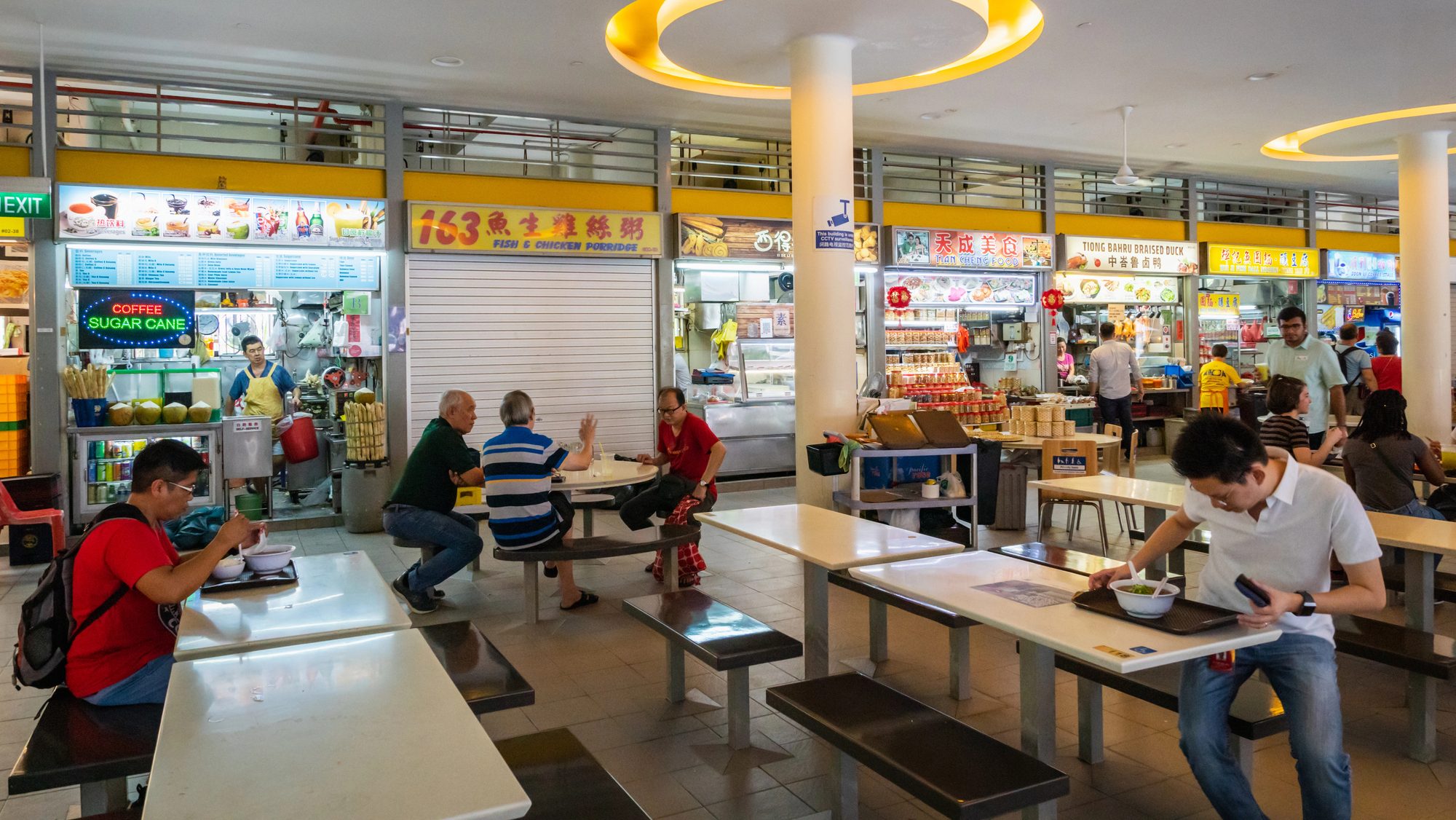SINGAPORE: A Singaporean man recently took to social media to share his surprise at how much certain food items have gone up in cost over the years. For example, Shihlin XXL chicken, which used to cost S$3.20, is now priced at S$6.60.
Old Chang Kee’s chicken wings have risen from S$1.30 to S$2.30. He noted, “Chicken wings were S$1.30 many years ago, then S$1.60 to S$1.70 before COVID, and now up to S$2.30, a 77% increase!”
He also highlighted other items, like coffee and snacks, that have seen noticeable price hikes. A typical coffee (kopi peng) at hawker centres, which used to cost S$1.20, now averages S$1.90. At some less frequented neighbourhood coffee shops, prices have also gone up.
KFC’s two-piece chicken set, previously priced at S$5.50, has risen to S$9.80, while Popeyes’ similar set is now around S$10.50. In addition, a Kinder Bueno bar, once sold for S$1.20, now costs S$2.35 at supermarkets and up to S$3.30 at convenience stores like 7-Eleven.
“Really need to buy food items in bulk from the manufacturer store or buy bulk coffee powder and canned milk to make kopi at home and cook at home. More economical,” he added.
One commenter said, “If raise wages, cost of living increase also.” While many Singaporeans online pointed to inflation and GST as the causes of rising prices, others pointed to high land prices as the cause.
One commenter shared that her friend, who has experience in the food and beverage (F&B) sector, noted that while ingredient costs remain stable, rent increases are a major factor pushing up prices.
She said, “I have a friend who is doing well in F&B. She says their material costs haven’t gone up much because their business is good and many suppliers want to work with them and offer low prices.
The only problem is rent being the killer. They raise the price to cover the increment in rent. It is not just GST that has an effect on cost of living, it is also high land prices. That is probably the killer.”
Another commenter, with experience in F&B finance, explained, “The heaviest cost in FNB is rental and wages. Even for healthy outlets, rent and wages are about 40%-50% of sales. The COGS hovers around 32%-35%.
Remaining is other overheads like utilities, repairs, and upkeep. Bottom line before tax is probably around 5% if not negative. Margins are very thin.”
However, some argue that landlords are a major problem, as they take every opportunity to raise prices. Some commenters have referred to property owners as the “real price gougers.”
One person called them “rent-seeking parasites” because owners often raise the rent significantly when a property is developed, increasing it every year.
“Property demand, both commercial and residential, is through the roof due to the influx of middle-class and rich Chinese fleeing China and other foreigners coming to Singapore as a safe haven. Property owners are aware of this, and rents have been rising sharply.
Rents have doubled or even tripled, which is why malls are filled with chain stores selling the same items. Only these large chains can afford to pay up when they renew their lease,” he added.
“Landlords are landlords no matter what. They see 1% inflation and use it to justify a 5% price hike,” another remarked. /TISG
Read also: Rising land prices squeeze heartland coffee shops, pushing prices up for consumers
Featured image by Depositphotos

